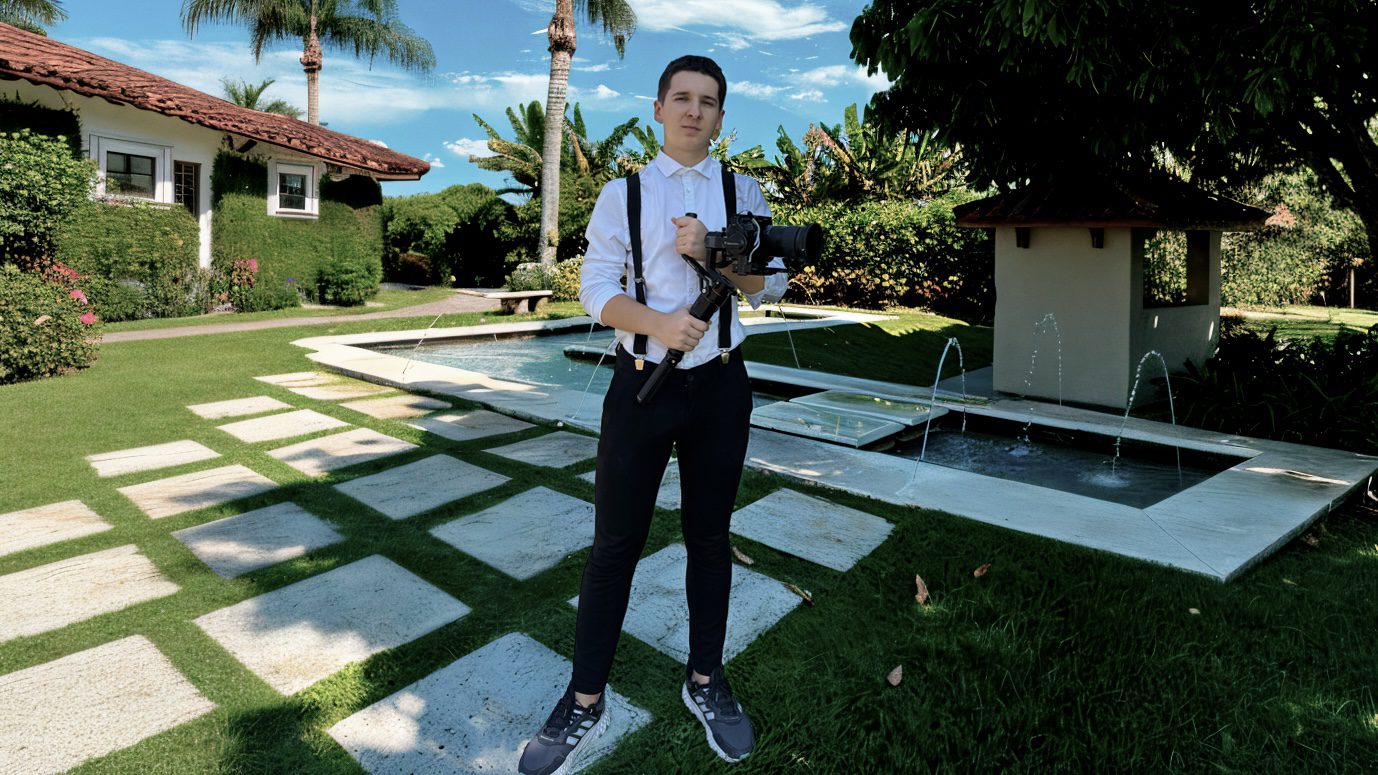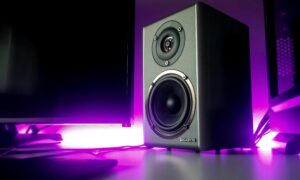September 2025 was a landmark month for filmmakers. Apple unveiled the iPhone 17 Pro, Nikon launched the ZR Red Edition, and Canon introduced the C50 — all within weeks.
We spoke with Viktor Soloviov, San Francisco–based videographer and founder of VIKS Production, who works with artists and major companies across the U.S., to unpack why these cameras matter.
“September really delivered,” Viktor says. “It’s exciting to see so many new options at once. It shows how accessible and cinematic filmmaking is becoming. The tools are finally catching up with the ideas creators have, and now it’s about how you use them to tell your story.”
iPhone 17 Pro: Pocket Cinema Power
“The iPhone 17 Pro introduces notable improvements for mobile video,” Viktor notes. “It supports ProRes and ProRes RAW recording up to 4K at 60 fps, and features advanced image stabilization for smoother handheld footage. Apple has also improved low-light performance through larger sensors and computational photography. With official accessories like the Blackmagic Camera ProDock and third-party cages, it becomes a compact tool for creative video work. For solo creators or small teams, it’s a practical way to experiment with cinematic techniques without a large setup.”
For beginners or solo creators, the iPhone is great for social content, pitches, or quick-turnaround videos. Depth of field is naturally limited compared to larger cameras, but portability, speed, and flexibility remain its main strengths.
Tip from Viktor: “Start with what’s in your pocket. Learn framing, lighting, and movement here before investing in bigger rigs. These skills transfer directly to larger setups.”
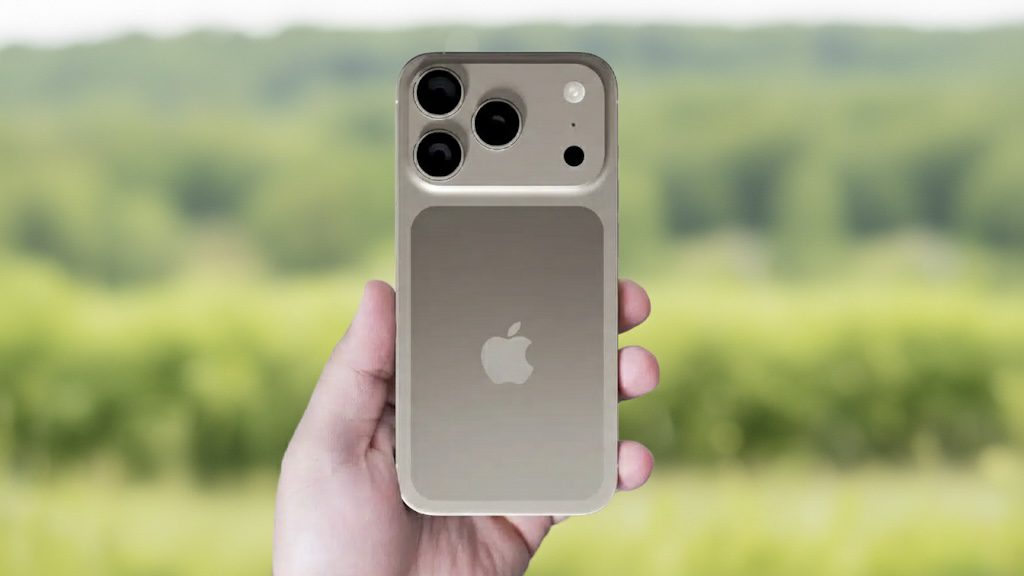
Nikon ZR Red Edition: Cinematic Color
“Nikon’s ZR Red Edition is full-frame magic,” Viktor says. “The RED color science really makes skin tones pop, low-light performance is impressive, and 12-bit internal recording gives you huge flexibility in post. I love how it inspires creativity — you almost want to go out and shoot something right away. It’s heavier than a smartphone, and you’ll want lenses or rigs for cinematic shots, but the image quality and dynamic range make it a serious tool for hybrid projects.”
Tip from Viktor: “If you’re doing hybrid projects — travel, narrative shorts, or commercial content — this camera gives both creative flexibility and professional results without being overly complicated.”
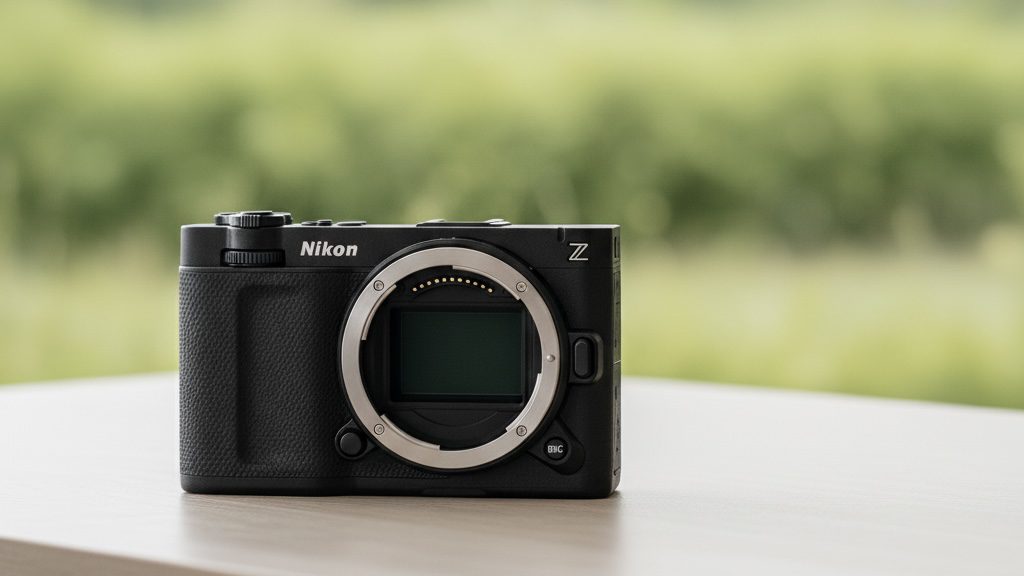
Canon C50: Compact, Cinema-Ready
“The C50 is perfect for mobile setups,” Viktor explains. “Super 35 sensor, dual native ISO, 4K 10-bit internal recording — all packed into a backpack-sized body. It’s versatile enough for documentaries, branded content, or travel shoots, and you don’t feel limited by mobility. For professional filmmakers on the move, it’s one of the few cameras that balances portability with true cinema quality.”
Tip from Viktor: “Always consider mobility. Sometimes the best camera is the one you can carry everywhere and still get cinematic shots without compromise.
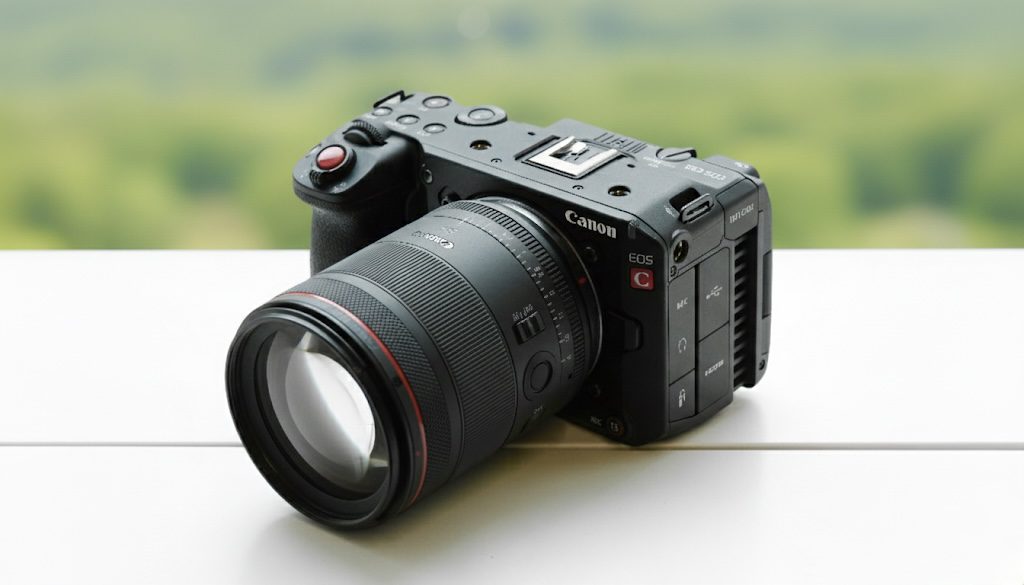
Why This Matters
“These cameras show that filmmaking isn’t about expensive setups anymore,” Viktor reflects. “The gear is important, but it’s really about how you use it. September proved you don’t need a huge studio to create cinematic content — what matters is vision, story, and understanding your tools.”
The key takeaway for emerging creators: pick the tool that fits your story and workflow. Whether it’s the iPhone 17 Pro for fast, flexible shooting, the Nikon ZR for hybrid creative work, or the Canon C50 for mobile cinema, each camera has unique advantages — and learning to use them well is what separates good creators from great ones.

